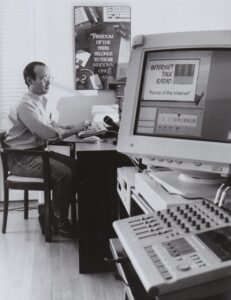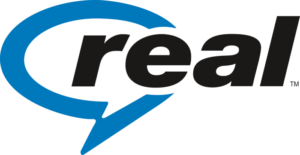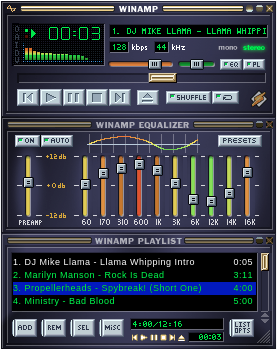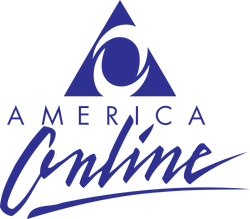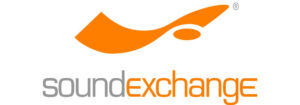All About Internet Radio Broadcasting
The following is a comprehensive guide to Internet radio broadcasting. If you are an avid Internet radio broadcaster or looking to become one, this resource is for you. We start by taking a close, albeit abbreviated, look at the history of Internet radio broadcasting. Then delve into the working parts that put together the blueprint for an online station: radio servers, encoders, directories, auto DJs, control panels, etc.
Please click on the table of contents if you wish to jump ahead. And, don’t forget to bookmark this page to refer to later as we will be updating it regularly!
Last updated on May 4th, 2024 by Seth Cole
- The History of Internet Radio
- College Student-Run Radio
- The Age Of Internet Radio Broadcasting
- Winamp Wins The Masses
- Shoutcast Radio Craze
- Icecast, New Shoutcast Alternative for Linux
- AOL Buysout NullSoft (Winamp and Shoutcast)
- Small Webcaster Settlement Act (SWSA)
- Copyright Royalty Board Rates
- A Day of Silence In Protest
- AOL Sells Nullsoft To Radionomy
- Radionomy Ends U.S. Ad Monetization
- The Future Of Internet Radio Broadcasting
- Internet Radio Servers
- Internet Radio Control Panels
Estimated reading time: 15 minutes
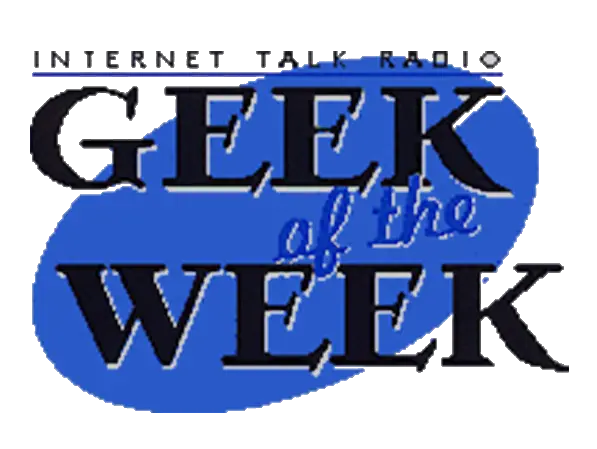
The History of Internet Radio
The rich history of Internet radio broadcasting begins in New York City, at least for our purposes, in early 1999. March 3rd, 1999 to be precise. When Carl Malamud broadcasts the first Internet radio talk show aptly titled "Geek Of The Week."
This was reported by the New York Times in the very next edition, March 4th, 1999, as you can see in our visual timeline. Believe it or not, our radio enthusiast staff actually purchased the original NYT photograph from eBay. Not only to scan and display on this page but to mount in the Gecko offices like a championship banner hanging from the rafters.
College Student-Run Radio
Speaking of championship banners, it was UNC's WXYC that was the first official radio station in the world to simulcast an off-air Internet radio transmission on November 7th, 1994. However, less than a month later, it was KJHK's college student-run radio station, The Sound Alternative, that went on the air live with a continuous broadcast and never looked back. Apparently, the Tarheels vs Jayhawks rivalry is rooted in more than just blue-blood basketball.
If you are a college student or part of a college-run radio station that would like for your school to start Internet radio broadcasting or review your current setup, please reach out. Gecko caters to college-run radio with affordable Shoutcast and unlimited Icecast radio hosting plans. Plus, we love music of all kinds! You really can't go wrong.
The Age Of Internet Radio Broadcasting
As you might guess, the two colleges quickly caused a high demand for an Internet radio broadcasting platform amongst the majority of radio professionals. Enter RealAudio by RealNetworks. Real, for short, was the first free server software to compress music. In turn, opening up Internet radio broadcasting, at least talk radio, to listeners on dial-up connections: sports, politics, religion, etc.
Then, of course, as the software's popularity grew so did the Internet's passion for online radio broadcasting. While music was still a second thought due to bandwidth costs and limitations, the love of radio could not be stopped.
Winamp Wins The Masses
At this point, the Internet radio broadcasting phenomenon was about to explode. It only needed the right catalyst, Nullsoft's Winamp. Winamp was the player of choice by the masses. It was compatible with more codecs than Real, more eye-catching with customizable skins and audio buttons and an EQ, and was simply more fun. For example, when launching the program a booming voice would let you know, “Winamp, it really whips the llama’s ass!” A shoutout to Nullsoft the software's creator and logo, the llama.
Shoutcast Radio Craze
Not long after Winamp's release, Nullsoft would lay claim as kings to Internet radio broadcasting's thrown. Shoutcast was released and along with it the Shoutcast.com directory. This was undeniably THE hub for all of Internet radio and would soon become the pinnacle of Internet radio's acclaim. Both listeners and broadcasters alike would flock to this site in droves. To this day, listeners search to find and listen to online radio stations. At the same time, broadcasters (or hosts like Gecko) download and install Shoutcast servers which automatically list on-air broadcasts in the searchable Shoutcast index while the Winamp DSP plugin or encoder is connected to the server. It really is a one-stop shop for online radio: encoder, server, and directory.
Icecast, New Shoutcast Alternative for Linux
Icecast was just a little too late to the party. In fact, you can still read co-creator Jack Moffitt's original message “New Shoutcast Alternative for Linux” that he sent through the Linux Weekly News mailing list. As you can see, Icecast was released less than a month after Shoutcast. However, it just didn't have the ease of use that Shoutcast had built-in with the directory, server software, and encoder combination. The Shoutcast Directory, originally called the Shoutcast Yellow Pages, offered an audience. Hard to beat that even if your streaming software is the more advanced of the two.
AOL Buysout NullSoft (Winamp and Shoutcast)
On June 1st, 1999 in what may have been the height of Internet radio broadcasting, AOL acquired Nullsoft for $86 million dollars. Not bad for a couple of dropouts from the University of Utah. Justin Frankel and Tom Pepper single-handedly changed the face of Internet radio broadcasting as twenty-somethings and the landscape of radio forever. To this day, even the begrudging dinosaurs of terrestrial AM and FM stations can't deny the need for online streaming. The fact is, data can easily reach far beyond the grasp of a physical transmitter antenna.
Small Webcaster Settlement Act (SWSA)
During this time the record industry was scrambling to accrue royalties as the Internet boom drastically changed the way people listen to music. Consider this, the very same day AOL purchased Nullsoft, Napster opened its' doors (and a can of worms!) - June 1st, 1999. This would start a long and arduous legal battle.
On December 4th, 2002 President George W. Bush signed the SWSA bill into law which in effect kept an army of small webcasters afloat. The law essentially allowed station revenue to determine music licensing fees rather than traditional per-play costs. It also allowed for small webcasters to negotiate privately with SoundExchange, the entity designated by the U.S. Library of Congress to collect and distribute digital royalties to artists.
Copyright Royalty Board Rates
The Copyright Royalty Board is a panel comprised of three judges who review and adjust royalty rates periodically as defined by the Copyright Royalty and Distribution Reform Act of 2004.
On May 1st, 2007 the decision was made to impose a new minimum statutory fee of $500 per annum regardless of station size. Furthermore, the previously negotiated revenue-based rate was removed and replaced with a per-song per-listener formula. Needless to say, this hurt small webcasters and independent Internet radio broadcasting.
A Day of Silence In Protest
As a result, a Day Of Silence was observed on June 7th, 2007 in response to the significant increase set by the CRB. Internet radio broadcasters big and small went off the air for twenty-four hours. Subsequently, many small stations would remain silent.
Until the summer of 2009, when Rep. Jay Inslee proposed the Webcaster Settlement Act bill which would amend the language of the previous SWSA of 2002 law to include the "approval of settlements." This opened the door again for negotiations between private parties and SoundExchange.
AOL Sells Nullsoft To Radionomy
Several years after the glory days had passed, Internet radio broadcasting was saved again. This time by Belgium's Radionomy.
It is reported AOL sold Nullsoft for between $5 and $10 million dollars and a 12% stake in the company. This despite neglecting Shoutcast and threatening to shut down Winamp without warning.
Radionomy Ends U.S. Ad Monetization
Unfortunately, the timing was terrible, at least as far as Internet radio broadcasting in the U.S. was concerned. Not long after Rep. Jay Inslee's Webcaster Settlement Act of 2009 expired, the CRB reviewed royalty rates as required by law every five years.
Once again, the small webcaster, the little guy, was left out. Meanwhile, digital streaming services like Pandora, IHeartRadio, and Spotify took the forefront.
Consequently, Radionomy would pull out of the United States radio market and end U.S. advertising monetization altogether due to another price hike.
The Future Of Internet Radio Broadcasting
What's next in our history of Internet radio broadcasting timeline? Well, you will just have to wait and see. Although, word on the street is that the BBC will soon drop Shoutcast as their Internet radio server of choice.
Table of Contents ↑
Internet Radio Servers
As you can see in the timeline above, Shoutcast and Icecast, the two most popular Internet radio servers, were released within three weeks of each other in the late nineties. In comparison, both are free but have distinct advantages and disadvantages.
For example, on one hand, Shoutcast has the bigger streaming directory, but server support is limited and development is kind of a joke at this point. On the other hand, Icecast's lead developer, King Karl, is tried and true, solid. However, the Icecast directory will not attract nearly as many listeners to your Internet radio station. In theory, that's the catch and decision you have to make as a broadcaster. Although, as you will read below, some skilled streamers may choose to relay Shoutcast servers through Icecast servers to get the best of both worlds.
Shoutcast Radio Servers
- Created in 1999
- Multiple ownerships
- Popular directory
- Sc_trans auto DJ
- Mountpoints (v2)
- HTTPS/SSL (v2)

The trick to Shoutcast servers these days is actually knowing how to get your station listed in the Shoutcast directory. It's not as easy as it used to be for most users and requires a bit of tech-savvy. Shoutcast v1 servers didn't require any type of verification. You simply changed the Shoutcast settings to 'PublicServer=yes' in the configuration file or streaming control panel, saved, and your station was automatically listed in minutes.

Shoutcast v2 now requires you to use an authorization hash. This is a much more secure method. However, it can be frustrating for some broadcasters. Of course, you can open a ticket as a Gecko client if you need assistance. Our server admins perform this task on a daily basis.
Icecast Radio Servers
- Created in 1999
- Single developer
- Format friendly
- Ices auto DJ
- Mountpoints
- HTTPS/SSL

Technically speaking, Icecast stands out with its versatility where audio codecs/formats are concerned. Icecast can also relay Shoutcast servers. Whereas, Shoutcast servers cannot relay Icecast servers. Icecast mountpoints are also more advanced and can "fallback" based on priority. This feature is great and something you want as a station owner in the event of a remote outage or any potential DJ shenanigans. 😉

The automatic switching feature for Centova will fallback to the /autodj mountpoint (which is constantly running in the background) if the /live mountpoint source is disconnected and vice versa when the remote signal returns. This is all without the listeners having to tune in again.
Internet Radio Control Panels
The best way to manage an Internet radio station is by using a streaming control panel. There are a handful of quality options on the market. Although, none are perfect. And, as an Internet radio hosting provider, we are constantly testing and reviewing each of the well-known, professional, control panels. So, we figure, why not share that information with other Internet radio broadcasting enthusiasts like yourself? Who knows, maybe we can save you the time and trouble later. Please read on.
Centova Cast Control Panel
Centova Cast is the most popular streaming control panel today. It is widely used and most broadcasters are at least familiar with it. However, honestly, there is no clear frontrunner where streaming control panel functionality is concerned.
Support and development of Centova can be slow at times which tends to frustrate some administrators and broadcasters. Be that as it may, no one can seem to do much better or grab a bigger market share. It's certainly a "grass is always greener" scenario from our perspective.
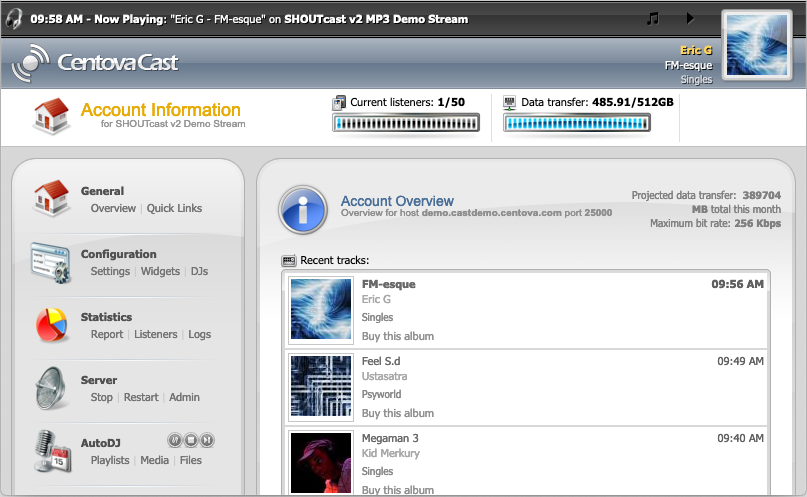
Azuracast Control Panel
If there were a control panel to grab a bigger market share it would be up-and-comer, Azuracast. The control panel has a fresh look and does not require a commercial license whereas Centova does.
Azuracast is still in beta testing and has been for quite some time. Although, it is currently a very serviceable control panel. The lead developer, Buster Neece, maintains Azuracast and devotes himself to this free open-source project full-time. You can sponsor Azuracast and Buster on GitHub, Patreon, and OpenCollective.

We will be back soon to add to our list of streaming control panels! This is an ongoing project...

